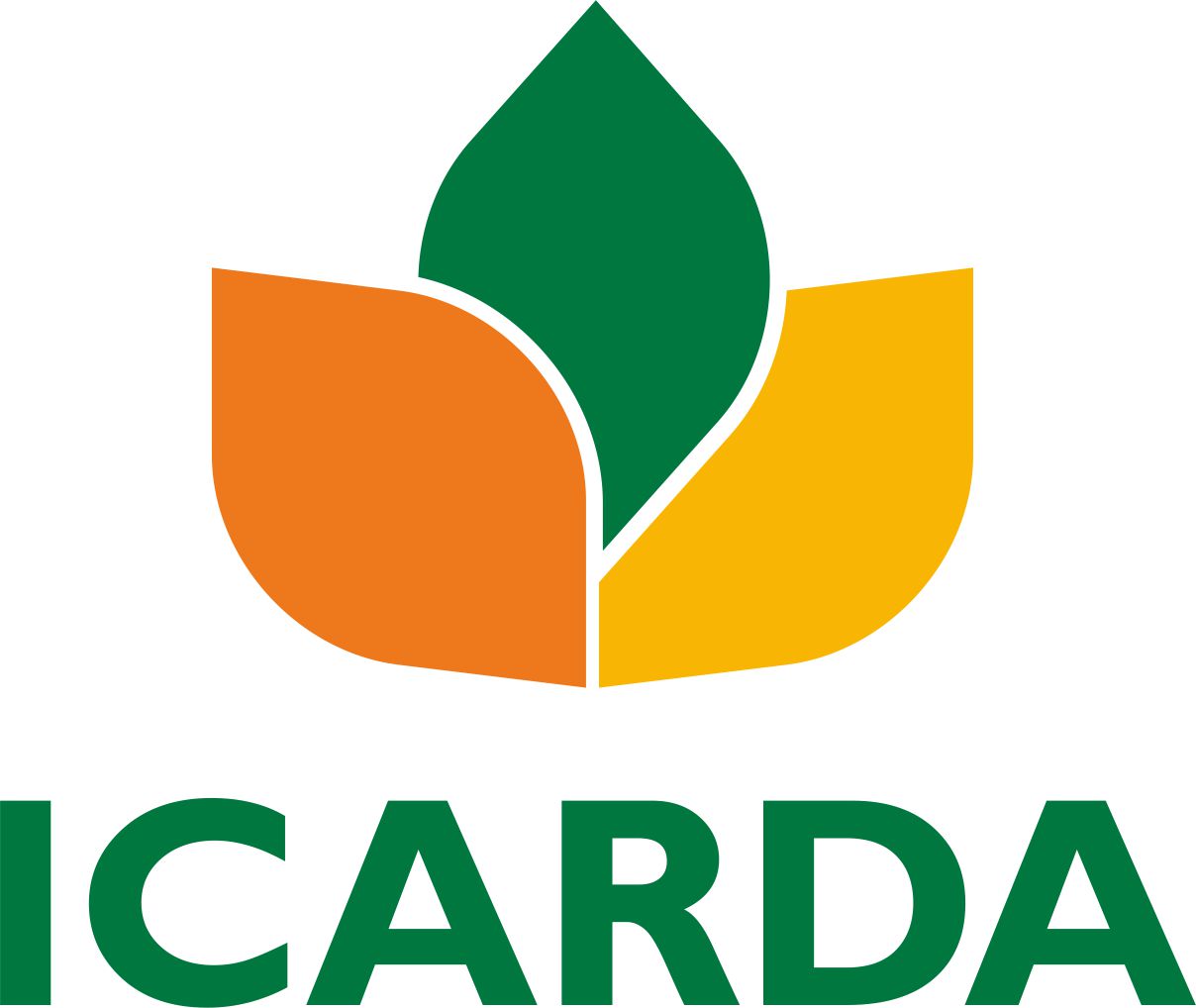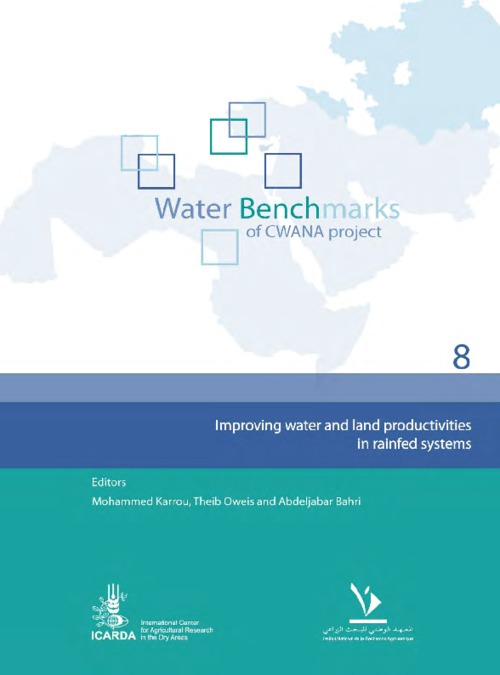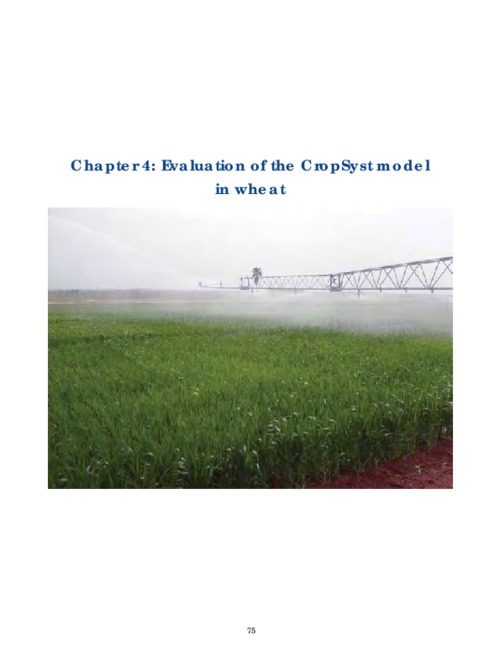Location
The International Center for Agricultural Research in the Dry Areas (ICARDA) was established in 1977. It is one of 15 such centers supported by the CGIAR. ICARDA’s founding mandate to promote agricultural development in the dry areas of developing countries remains highly relevant today.
ICARDA works with a tight focus on the problem-solving needs of resource-poor farmers, achieving this through the in-field delivery of its research outputs. Although global food production has increased by 20 per cent in the past decade, food insecurity and poverty remain widespread, while the natural resource base continues to decline.
International research centers such as ICARDA, which have helped drive previous improvements, continue to deliver new technologies to support sustainable growth in agriculture, and crucially, to work with a wide range of partners to accelerate the dissemination of these technologies.
ICARDA’s biggest strength is its staff – 600 highly skilled men and women from 32 countries. Our research and training activities cover crop improvement, water and land management, integrated crop-livestock-rangeland management, and climate change adaptation.
Other interventions include:
- Water harvesting - supplemental irrigation and water-saving irrigation techniques
- Conservation agriculture methods to reduce production costs and improve sustainability
- Diversification of production systems to high-value crops – horticulture, herbal and medicinal plants
- Integrated crop/rangeland/livestock production systems including non-traditional sources of livestock feed
- Empowerment of rural women – support and training for value-added products.
The ICARDA genebank holds over 135,000 accessions from over 110 countries: traditional varieties, improved germplasm, and a unique set of wild crop relatives. These include wheat, barley, oats and other cereals; food legumes such as faba bean, chickpea, lentil and field pea; forage crops, rangeland plants, and wild relatives of each of these species.
ICARDA’s research portfolio is part of a long-term strategic plan covering 2007 to 2016, focused on improving productivity, incomes and livelihoods among resource-poor households.
The strategy combines continuity with change – addressing current problems while expanding the focus to emerging challenges such as climate change and desertification.
We work closely with national agricultural research systems and government ministries. Over the years the Center has built a network of strong partnerships with national, regional and international institutions, universities, non-governmental organizations and ministries in the developing world and in industrialized countries with advanced research institutes.
THE ‘DRY AREAS’
Research and training activities cover the non-tropical dry areas globally, using West Asia, North Africa, Central Asia and the Caucasus as research platforms to develop, test, and scale-out new innovations and policy options.
Dry areas cover 41 per cent of the world’s land area and are home to one-third of the global population. About 16 per cent of this population lives in chronic poverty, particularly in marginal rainfed areas. The dry areas are challenged by rapid population growth, frequent droughts, high climatic variability, land degradation and desertification, and widespread poverty. The complex of relationships between these challenges has created a "Poverty Trap."
Members:
Resources
Displaying 361 - 365 of 431Improving Water and Land Productivity in Irrigated Systems
This is the fundamental scope of the Irrigation Benchmark Project, where the emphasis was placed on introducing and implementing new water saving technologies. Additionally, emphasis was laid on the participation and involvement of farmers in water users’ associations (WUA) and other community organizations, as well as with government organizations – particularly, those concerned in the Extension Service of the Ministry of Agriculture.
Effect of water harvesting techniques on water productivity and soil erosion
The Jordan Badia is representative of the vast drier environments of the West Asia and North Africa (WANA) region. Pasture rangeland covers the majority of the Badia, although the vegetative cover is not dense. The vegetation in the Badia includes shrubs and short grasses. Barley is the main field crop in dryland farming, although irrigated forage, vegetables, and fruit orchards are also found in the Badia. Most of Jordan’s livestock (70%) is produced in the Badia.
Improving water and land productivity in rainfed systems
Climate change has led to more severe conditions throughout the world as well as in Morocco. In general, rainfall has declined and average temperatures have increased. These new rainfall patterns are threatening water supplies. Fluctuations and reductions in annual rainfall have led to severe and frequent droughts throughout the Central and West Asia and North Africa region. Consequently, water resources have become scarce. Increasing municipal and industrial demand for water has resulted in steadily decreasing allocations for agriculture.
Evaluation of the CropSyst model in wheat
CropSyst is the crop growth model chosen as a decision tool for the Tadla Benchmark project. CropSyst is a daily time step simulation model. The model was developed to serve as an analytic tool to study the effect of cropping systems management on productivity and the environment. The model simulates the soil water budget, soil– plant nitrogen budget, crop canopy and root growth, dry matter production, yield, residue production, and decomposition. Management options include cultivar selection, crop rotation, irrigation, nitrogen fertilization, tillage operations, and residue management.
Assesments and options for improved productivity and sustainability of natural resources in Dhrabi watershed, Pakistan
This report summarizes results from a large multi-partner project, Integrated watershed development
for food security and sustainable improvement of livelihood in Barani, Pakistan. The project (2007
to 2010) aimed to develop, demonstrate, and evaluate cost-effective technologies for monitoring
and use of water and land resources at watershed scale. It used an integrated approach combining
applied research, capacity building, and watershed improvement/rehabilitation through community







